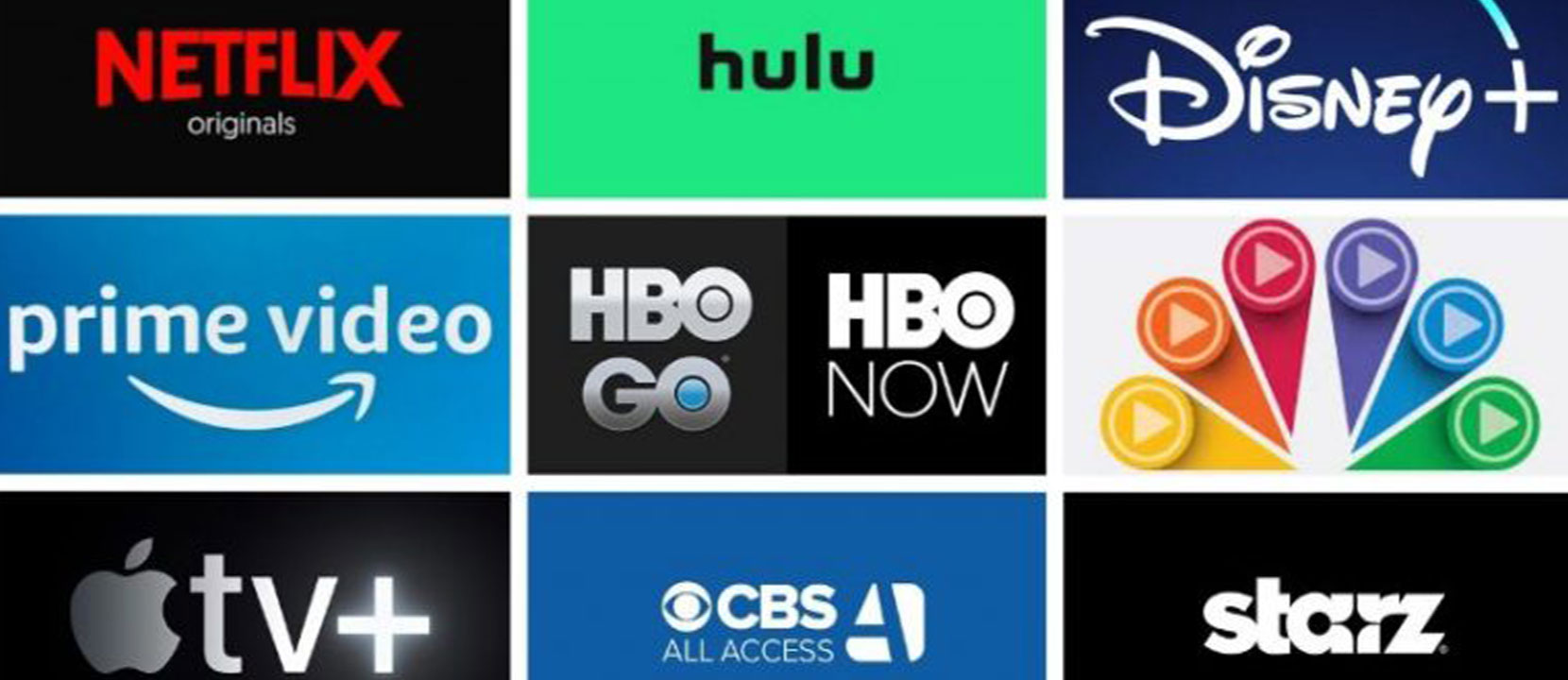Table of Contents
Streaming video has become a ubiquitous part of modern life. From watching the latest series on Netflix to streaming a live football game, we rely on streaming video to keep us entertained and informed. However, many people don’t realize that the current streaming infrastructure is unsustainable and is in danger of collapsing. This article argues that we need to act now to save streaming video before it’s too late.
The Problem with Streaming Video
Streaming video is a data-intensive service that requires significant amounts of bandwidth and energy to deliver. With the rise of 4K and 8K video, the demand for bandwidth and energy is only increasing. According to a recent report by Greenpeace, streaming video is responsible for 1% of global greenhouse gas emissions. This is equivalent to the emissions produced by the entire aviation industry.
Bandwidth and Energy Constraints
Streaming video puts enormous strain on the world’s internet infrastructure. With the increase in demand for bandwidth, we are rapidly approaching a point where our current infrastructure will be unable to cope. In addition, the energy required to power the servers and data centers that deliver streaming video is significant. In fact, data centers are responsible for approximately 1% of global electricity consumption.
The Need for Change
We need to take action now to address the sustainability issues associated with streaming video. This includes investing in new technologies that reduce the amount of bandwidth and energy required to deliver streaming video. For example, using new video codecs like AV1 or HEVC can significantly reduce the amount of bandwidth required to stream high-quality video. In addition, we need to invest in renewable energy sources to power the servers and data centers that deliver streaming video.
The Benefits of Change
Investing in new technologies and renewable energy sources has numerous benefits beyond sustainability. For example, using new video codecs can improve the quality of the streaming video, making it look better and reducing buffering. In addition, investing in renewable energy sources can help reduce energy costs and create new jobs in the renewable energy sector.
Conclusion
In conclusion, we need to act now to save streaming video before it’s too late. The current infrastructure is unsustainable, and if we don’t take action soon, we risk the collapse of the streaming video industry. By investing in new technologies and renewable energy sources, we can create a more sustainable and efficient streaming video industry that benefits everyone. Let’s take action now before it’s too late.



